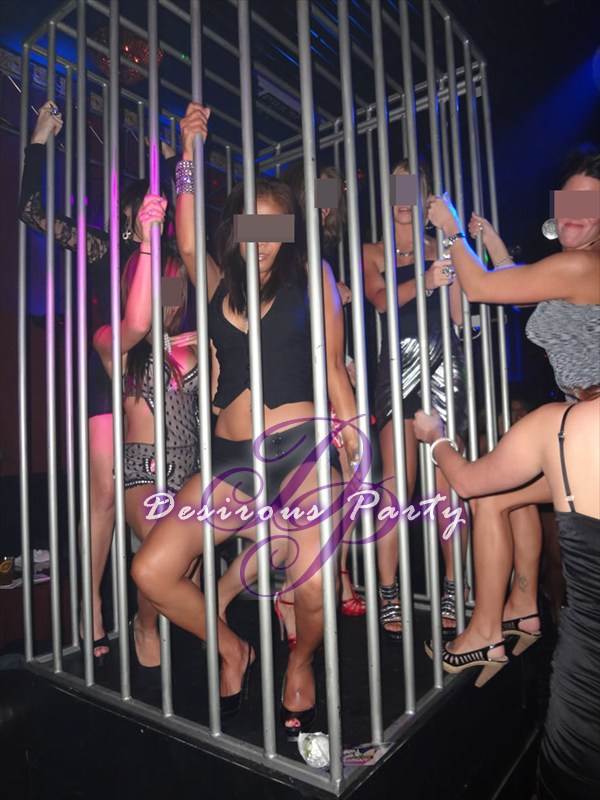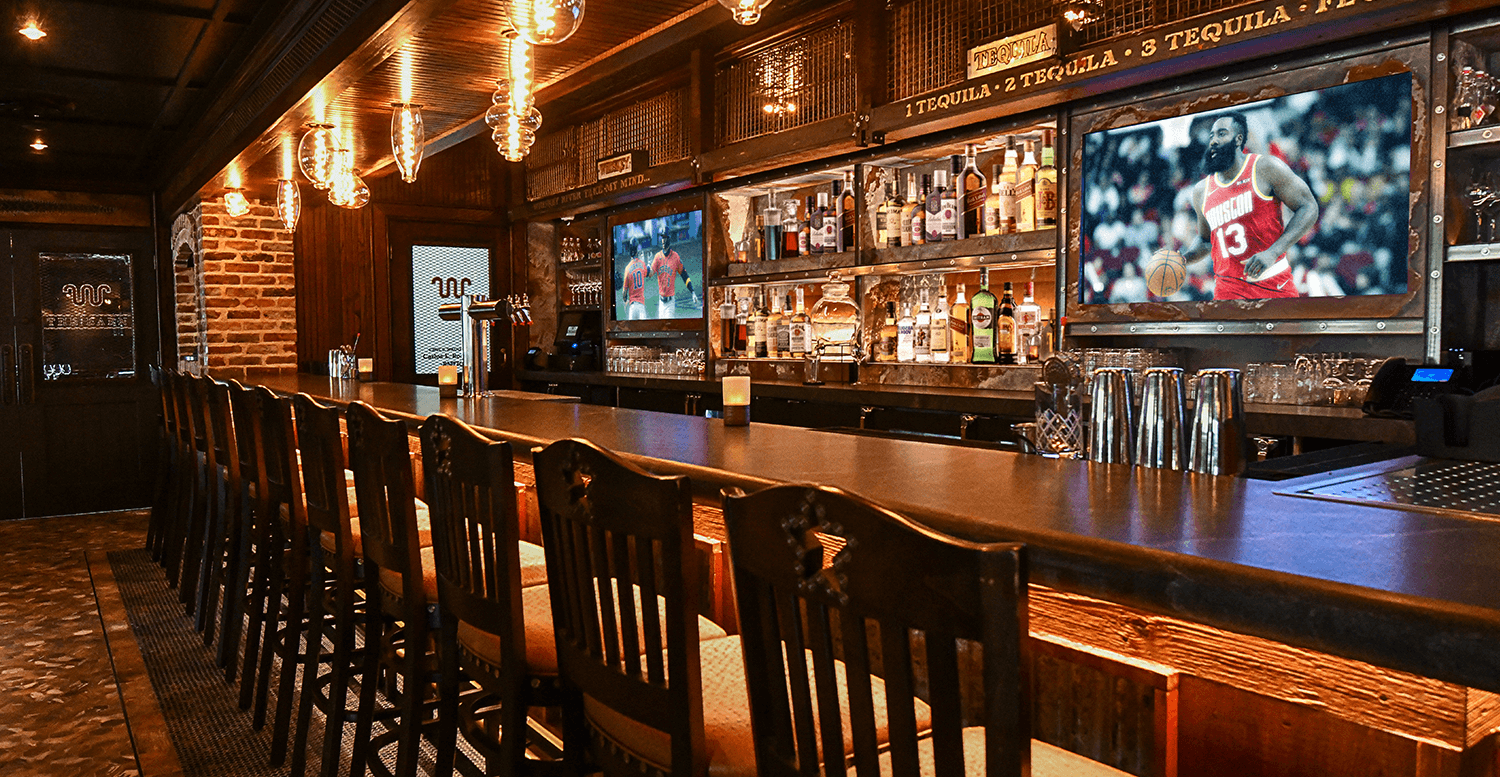
When Mary’s opened in the seventies, advertisements had to be discreet.
#F bar houston tx full#
The exhibit celebrates the full breadth of Mary’s, which-in the way that only a historic gay gathering place can-served as a hookup spot, a community organizing hub, and the site of many, many funerals. Above all this queer-created art, a billboard alludes to the site’s history: “Prevent HIV,” the sign reads. Artist Angel Lartigue staged a live “architectural intervention,” in which performers in devilish masks scaled the side of the Mary’s building to figuratively reclaim the space. Border Patrol interior checkpoints for the very first time. She transported it from Brownsville to Houston, passing the U.S.

The car was her uncle’s white Ford F-150, which Gaona inherited after his death. In a similarly performative work, para aquellos que no regresan en vida (“for those who don’t return alive”), Brownsville-based interdisciplinary artist Veronica Gaona staged a vehicular burnout at the former site of Mary’s. “ are thinking of architecture as something that can be penetrated and transformed by the queer body,” explains Fernandez.

In one video piece, for example, Penagos maneuvers his body to ring a bell against a brick, which symbolizes the mythologized “first brick of the gay rights movement” thrown by gay activists at the 1969 Stonewall uprising. But this month, at the site of the Outback, Latino artists like Juan Betancurth and Alejandro Penagos showcase experimental work that reckons with the queer experience. But one could argue that Mary’s, too, was a gentrifier-one former patron reminds me that gay men in the seventies pushed Montrose’s heavily Hispanic population out of the area to claim a space for themselves. The gentrification of Montrose has followed a familiar trajectory. “We are interested in how the disappearance or ‘redevelopment’ of these spaces into brunch spots and coffee houses might mirror the overall trajectory of gay liberation, from its earlier idealism to late-capitalist identitarian pitfalls like rainbow-packaged Oreos.” “The Gayborhood is marked as much, if not more, by absences as by the visible markers of its past,” says cocurator Junior Fernandez, who organized the event along with S Rodriguez. Inspired by the gentrification and erasure of history in the neighborhood, “ without architecture, there would be no stonewall without architecture, there would be no ‘brick’” is a month-long show featuring twelve Latino artists’ exploration of what Montrose’s shifting architecture means for Houston’s queer community today. But for the month of June, at least, there is an art exhibit. Read Next: Dear Austinites, You Have Permission to Move to an Affordable, Weird City: HoustonĪt the site today, there’s no plaque or memorial to commemorate the history that occurred there-just new development and overpriced lattes. Mary’s, as writer Ed Martinez put it in a spring 1983 issue of Out in Texas, was “the mother house of all the gay bars in Houston.” The empty lot held a patio called the Outback, while the bar was inside the building now occupied by Blacksmith.
#F bar houston tx archive#
The Gulf Coast Archive and Museum of Gay, Lesbian, Bisexual and Transgender History estimates that it was the site of more than three hundred funeral services and remains the final resting place of an unknown number of people’s ashes.įrom 1970 to 2009, this space was part of the legendary Houston gay bar Mary’s…Naturally!, which fostered such a close community that some regulars chose to have their funerals there. But this seemingly ordinary Houston plot is also a burial ground. In the mornings, the paved portion serves as parking for Blacksmith in the evenings, from Tuesday through Sunday, it’s a valet lot for upscale steakhouse Georgia James.


The empty lot-half paved, half gravel and weeds-is owned by private real-estate investment company MLB Capital Partners. Now, mid-rise developments are going up, and most homes sell for more than half a million. Historically known among locals as the Gayborhood, Montrose used to be where the weirdos were. Inside, patrons can order from Blacksmith’s familiar cafe menu of “barista-made drinks, home-baked goods, and light fare in an industrial space.” To the east of the coffee shop, to the west of a brand-new Shake Shack, and just a few doors down from a Sweetgreen, is an empty lot. On the corner of Westheimer and Waugh in Houston’s Montrose neighborhood, there’s a quaint brick building.


 0 kommentar(er)
0 kommentar(er)
